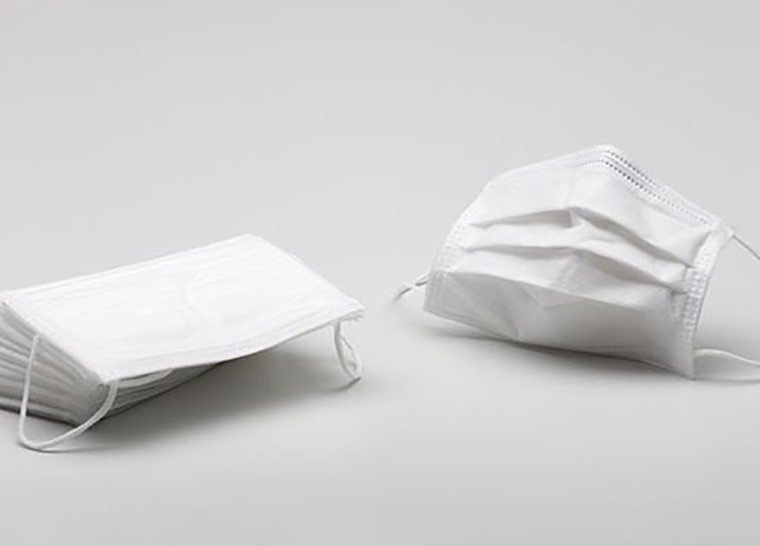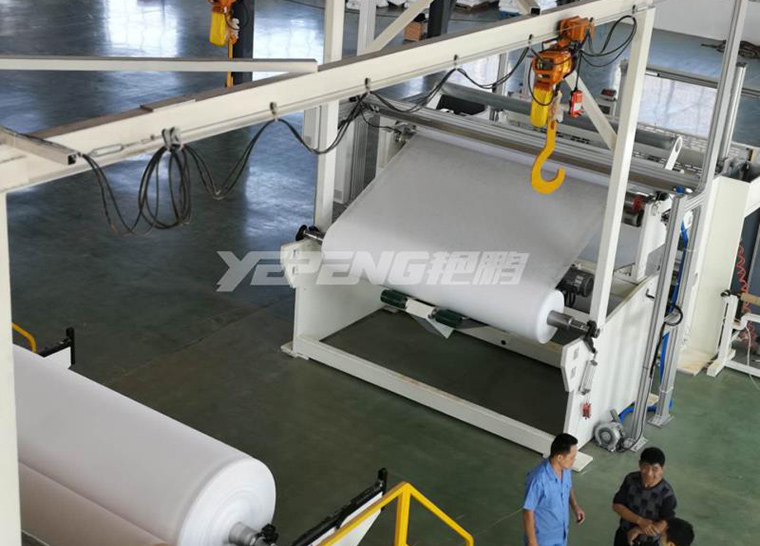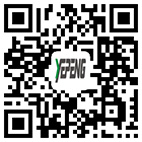
Zhejiang Yanpeng Nonwoven Machinery Co.,Ltd.---A professional non woven production line Manufacturer
11. 2020
Quick service response time
Provide 7x24 hours of uninterrupted
service for you
Professional one to one customer service
Escort your production
Address: Wanchuan Road, Binhai New District, Pingyang County ,Zhejiang, China
Tel: 0086-577-58198758
Fax: 0086-577-58198759
Fill in your project information

Non woven fabric in life
Non woven fabric is a common material in our life, which is widely used in various life products. According to the application requirements, non-woven fabrics can be divided into two categories: durable and disposable. Durable non-woven fabric can be used many times and has a certain service life. It is widely used in clothing, home decoration, agriculture, industry and other fields. For example, in recent years, many of the popular environmental protection bags are made of non-woven fabrics.
Disposable non-woven fabric is also very common, cleaning wipes, masks necessary for everyone during the epidemic, tea bags for tea bags, baby diapers.

Is non-woven fabric cloth?
Nonwovens: "sheets, webs, or wadding mats made of oriented or randomly arranged fibers, by friction, cohesion, or adhesion, or a combination of these methods, excluding paper, woven fabrics, knitted fabrics, tufted fabrics, and wet shrunk felts.". The fibers used may be natural or chemical; they may be short fibers, filaments or filaments formed on the spot. "
Polypropylene: referred to as PP, a semi crystalline thermoplastic, one of the common polymer materials, commonly used in the production of textiles, stationery, plastic parts.
Polyester: commonly known as "polyester", is a synthetic fiber obtained from the polycondensation of organic dicarboxylic acid and diols. Pet is a kind of high molecular compound.
Propionamide: acrylamide is usually used to synthesize polyacrylamide. This aggregate can be used as a water-soluble thickener for sewage treatment, papermaking, ore treatment, and iron free treatment of cloth.
Polyamide: one of the polymer materials, referred to as PA, can be synthesized naturally or artificially. It is commonly used in textiles, carpets, sportswear, etc.
Viscose fiber: referred to as viscose fiber, also known as viscose fiber. Its main raw material is chemical pulp, including cotton pulp and wood pulp. Natural cellulose is separated and regenerated by chemical reaction.

Look at the life of non-woven fabric from the whole life cycle of wipes: is it really environmentally friendly?
On the Internet, some people call non-woven fabrics "easy to decompose, non-toxic, non irritant, recyclable and non polluting to the environment" as "new generation of environmental protection materials" and "environmental protection products for protecting the earth's ecology". However, is this really the case?
We take the representative product of non-woven fabric as an example, from the perspective of the whole product life cycle: raw material acquisition, processing, manufacturing, sales, use and waste treatment of this objective analysis.
Most of the non-woven fabrics used to make wipes are polyester fibers, which, like other members of the plastic family, are processed from non renewable fossil materials such as oil, natural gas or coal. After a series of processing of fossil raw materials, polyester melt was obtained, and polyester fiber was obtained by melt spinning.

Each year, nearly 70 million barrels of oil are used to make polyester, which requires more than twice as much energy as cotton. In addition, the production of polyester requires the use of hazardous chemicals, including carcinogens. Since most polyester are produced in countries with loose environmental regulations such as China and Indonesia, the discharge of production waste may have more environmental impact.
Unlike textiles, nonwovens do not require knitting or yarns, but are directly bonded together by physical or chemical methods. The common non-woven processing technology includes spunlace method, thermal method, spunbonded method, melt blown method, etc. At present, the wet wipes on the market are mainly Spunlaced non-woven fabrics, that is, the fiber raw materials are processed into non-woven fabrics through the spunlaced process.
Spunlaced non-woven wipes have the advantages of softness and not easy to chip off. However, in the production process, it consumes a lot of electricity, water and steam, and industrial energy consumption is very high.

11. 2020

11. 2020

11. 2020

10. 2020

